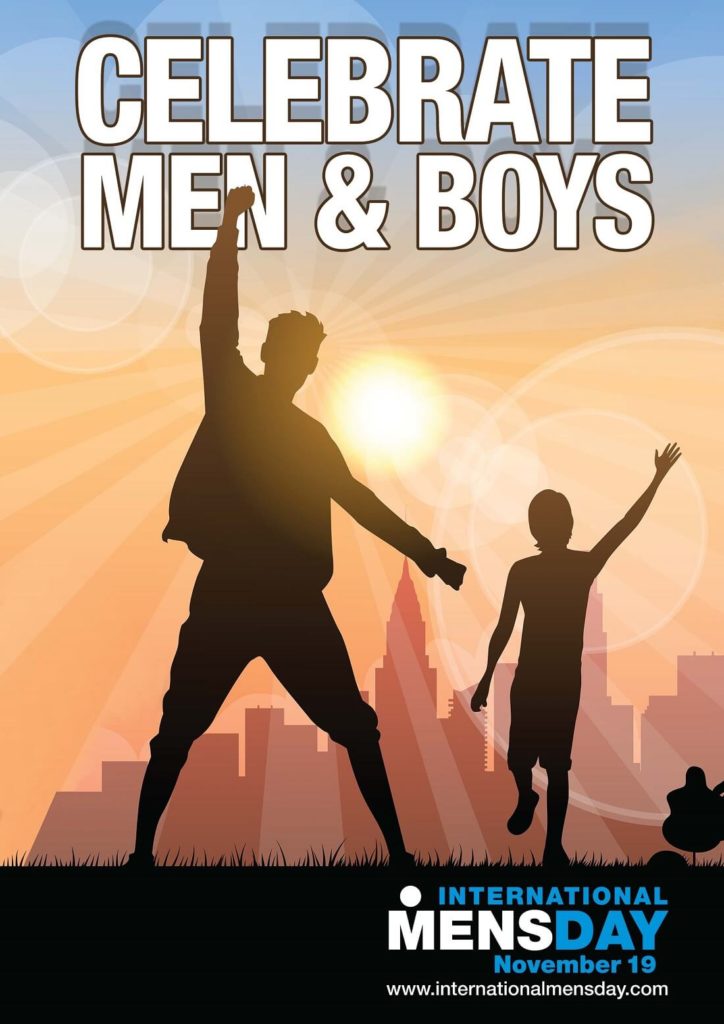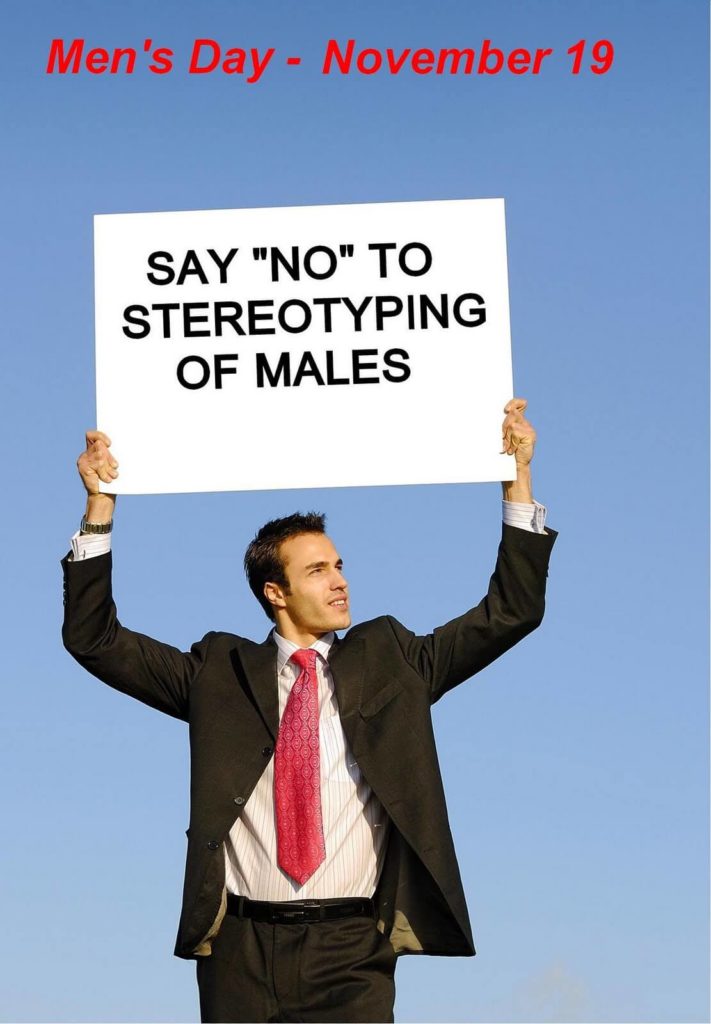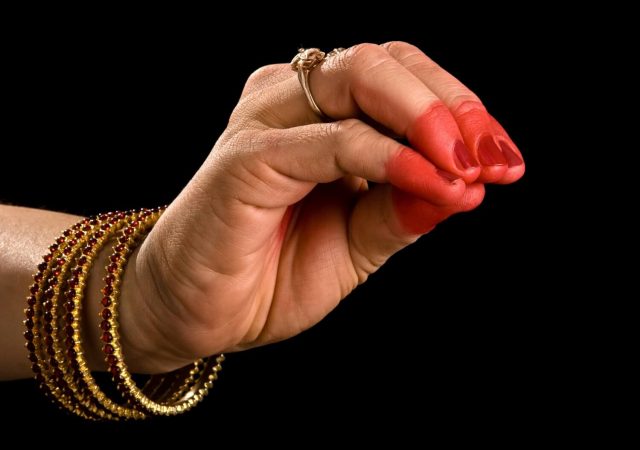November 19 is observed as International Men’s Day. Considering the privileged position men hold in the mostly patriarchal world, the day may seem pretty redundant – but if we hope to look at the silver lining everywhere, it can perhaps be a day when we discuss actual issues that affect men.
Far from being an antithesis to International Women’s Day, this occasion marks ways we can all work together to change gender stereotyping and discrimination – just this time the focus is on men. Designed to improve lives, this day tackles taboo subjects each year by highlighting their effects and what can change to help.
International Men’s Day was first observed in 1992, in Kansas City in the United States. The idea was conceptualised by Thomas Oaster, a professor from Missouri University, who was also a passionate advocate of ‘men’s rights’. Subsequently, the day was taken up by ‘Men’s Rights Activists’ (MRA) in other countries and it was first observed in India in 2007, with the initiative taken by Save Indian Family, a well-known MRA organisation.
There were six pillars at the core of International Men’s Day back when it was founded. They are:
- To promote positive male role models, not just movie stars and sportsmen but every day, working-class men who are living decent, honest lives.
- To celebrate men’s positive contributions to society, community, family, marriage, child care, and to the environment.
- To focus on men’s health and well-being, social, emotional, physical and spiritual.
- To highlight discrimination against males; in areas of social services, social attitudes and expectations, and law.
- To improve gender relations and promote gender equality.
- To create a safer, better world, where people can be safe and grow to reach their full potential.
The idea is to give young men people to look up to and aspire to be like. The main objectives of celebrating an International Men’s Day include focusing on men’s and boys’ health, improving gender relations, promoting gender equality, and highlighting male role models. The broader and ultimate aim of the event is to promote basic humanitarian values.
Dr Jerome Teelucksingh, who revived the event, promoted International Men’s Day as a day where all issues affecting men and boys can be addressed. He talked about the day and its grassroots activists saying, ‘They are striving for gender equality and patiently attempt to remove the negative images and the stigma associated with men in our society.’
Apart from raising awareness of men’s issues, the aim of International Men’s Day is to celebrate positive male role models. In addition to this, make an appointment with your doctor for preventive health exams. While science says that women tend to live longer than men, men are 100 per cent less likely to visit their doctors for health check-ups. Preventive care is so important, it can help you maintain good health, detect any health issues early before they become a major challenge, thereby enabling you to lead a better quality of life.
So, stay healthy, raise awareness, provide support, encourage equality, celebrate achievements and celebrate the manliness. Happy men’s day!














